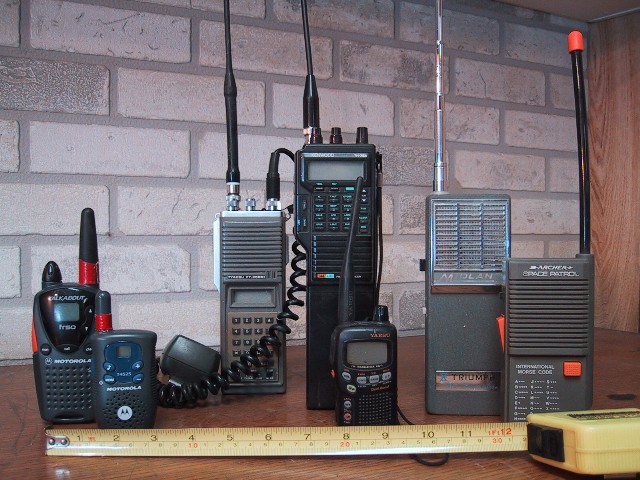
Two-way radios are so much more than just the walkie-talkies used by curious kids. This helpful tool has evolved significantly since it was first developed about a century ago to now be a fairly advanced, incredibly helpful communication device. Check out this basic history of the two-way radio, which now often include new transmission settings, speaker mics, and other unique features.
Earliest Iterations
The first forms of two-way radio communication appeared when boats crossing the Atlantic would use these sorts of transmissions to send updates. The teams on boats could finally communicate with those still on land. Interestingly, the distress call sent by the sinking Titanic may have saved up to 700 lives, as at that time, communication was often still being sent by carrier pigeons. Without the two-way radio, rescue boats would have taken even longer to arrive.
In the 1920s, this technology was made mobile for the first time in Austria. A constable on the police force developed a way for the two-way radio to be used by individuals while out on the force. There was still a long way to go, though, since reports said that the radio set took up almost the entire backseat of a squad car at the time.
World War II
Two-way radio in the form of the classic walkie-talkie really had its moment during World War II. Galvin Manufacturing Company, which would eventually become Motorola, began manufacturing these smaller radios for American soldiers. They completely changed the communication landscape for the Army. At the same time, Canadian miners were using the technology to safely communicate with one another.
Present Day
From there, two-way radio technology branched into two different directions. Some of the technology would be used to develop cellular devices towards what we know them to be today, while others focused on improving the two-way radio to be most efficient on its own. These devices are still used in construction, in the retail world, and in security and law enforcement.